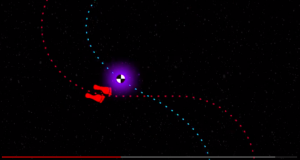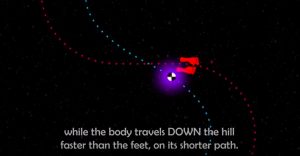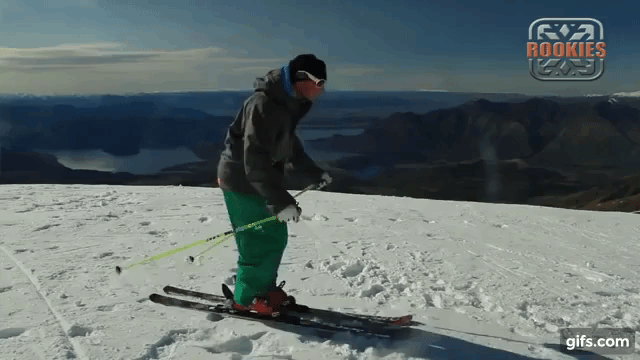Instructors, do you teach your clients to do anything with their ankles?
Ah, nothing like the Ankles to foster a discussion amongst skiers, and in particular Instructors.
For me it really depends, beginning/novice level not so much, of course there is some discussion of how to apply it in the Athletic Stance Etc., how we might steer and tip and so on. That continues into the intermediate levels & just really depends on which skill or fundamental we are concentrating on.
I often will illustrate how the three joints of the Ankles, knees and hips affect fore/aft in isolation.
1. Simply, or only closing our hips (leaning forward) moves the CM forward.
2. Simply, or only closing the knees (bending them) moves our hips aft, and often the CM with it. This is where the danger of thinking only about bending the knees puts people in the back seat.
3. The ankles however offer us a much more efficient way to move our CM over our BoS (base of support). Close the ankles and the CM moves forward, open them and it moves aft.
Of course some proportion is required with the hips/knees as well. But since we are talking about ankles...
I think a lot of skiers get hung up on the idea of pulling the feet back, which is a great tactic but sounds counterintuitive. While pulling the feet back, like when you crest a mogul to get/keep the front of the skis on the snow might be a more active motion, like driving your heels towards your hips.
Closing the ankle can be more subtle, nothing more than thinking about pulling the toes into the top of the boot or towards the shins if you prefer.
So what’s the difference between just moving our upper body forward or aft and forgetting about the ankles? Well its less efficient and less precise. Ski/snow interaction occurs, well at the snow. The ankles, in terms of those three main hinges are the closest, allowing the change to travel up the kinetic chain as its sometimes referred (the rest of our body) rather than on waiting for input from up higher, and in a much less controlled way.
At the higher levels, where we are say trying to do a carved up hill arc having that ankle closed (foot pulled back) keeps the inside ski from sliding out, inducing rotation and thus a skid instead of a carve (in this drill). Taking that into Rail Road Tracks its the same concept. Don’t take my word for it, go out and try it both ways, then look back at your tracks. It may be achievable without closing the ankle and doing something else to isolate that ski into a pure edged carve, but again why when the ankle is the perfect mechanism?
Another good drill we sometimes do in mogul clinics is tossing the poles aside, we unbuckle our boots and go ski in the moguls. You will really feel how your ankle can move, and also to work on getting/staying centered without the support of the boot.
A life time ago when I was a young racer we used to do this thing to the outside ski at the bottom of the turn where we’d open the ankle on the outside ski, thrusting it forward (also at the end trying to get across the laser beam a 100th of a second faster) we called it stepping on the gas.
Anyway I was answering this in the context of what we do as instructors with clients regarding the ankles. It is far from inclusive and much can be added....
And we have not even talked about Rotation and Edging yet! Lol



